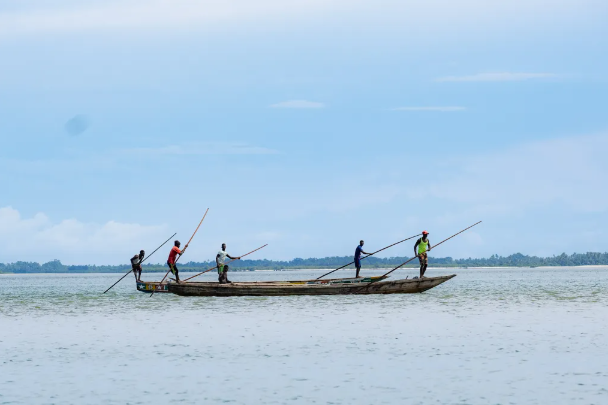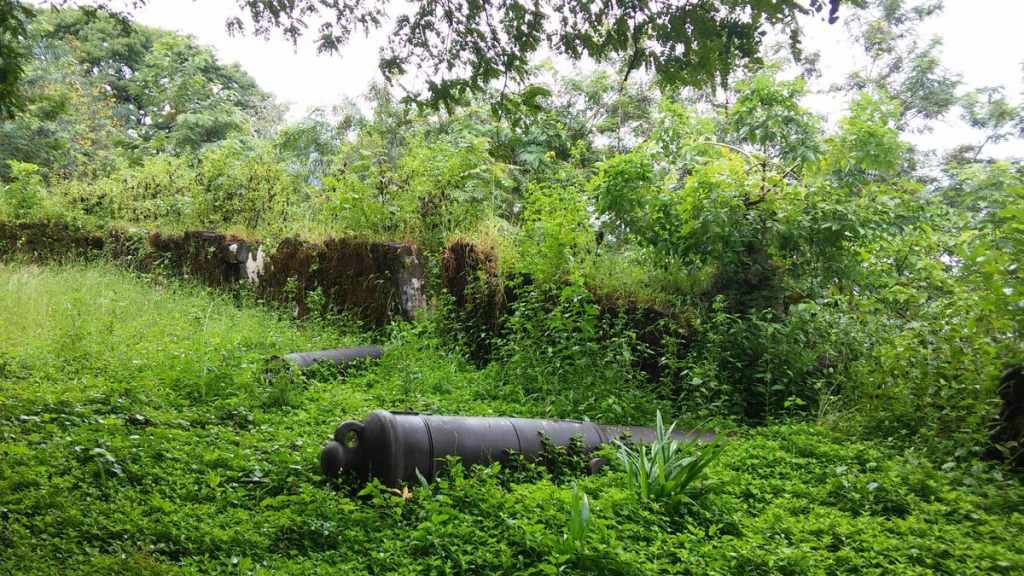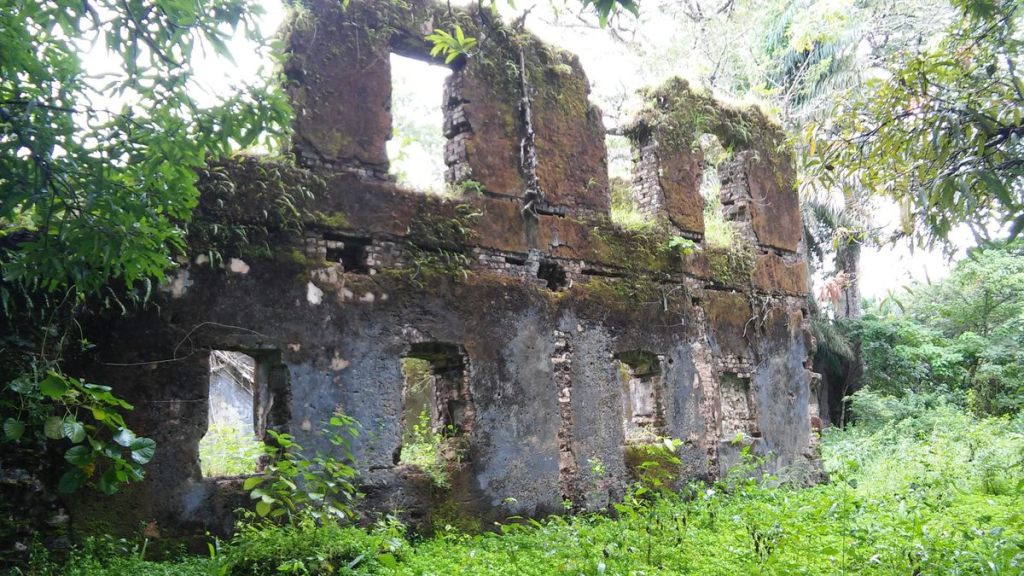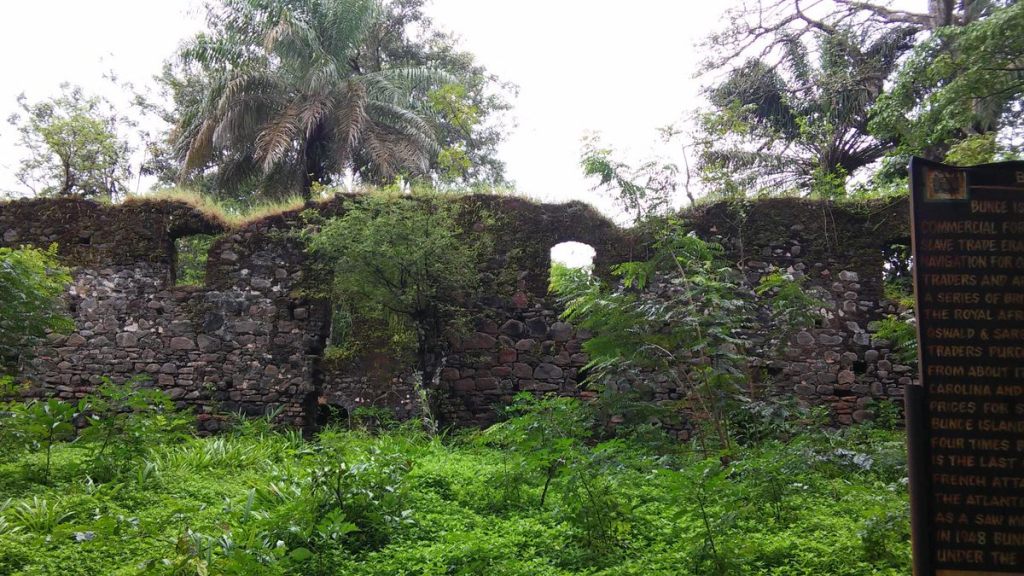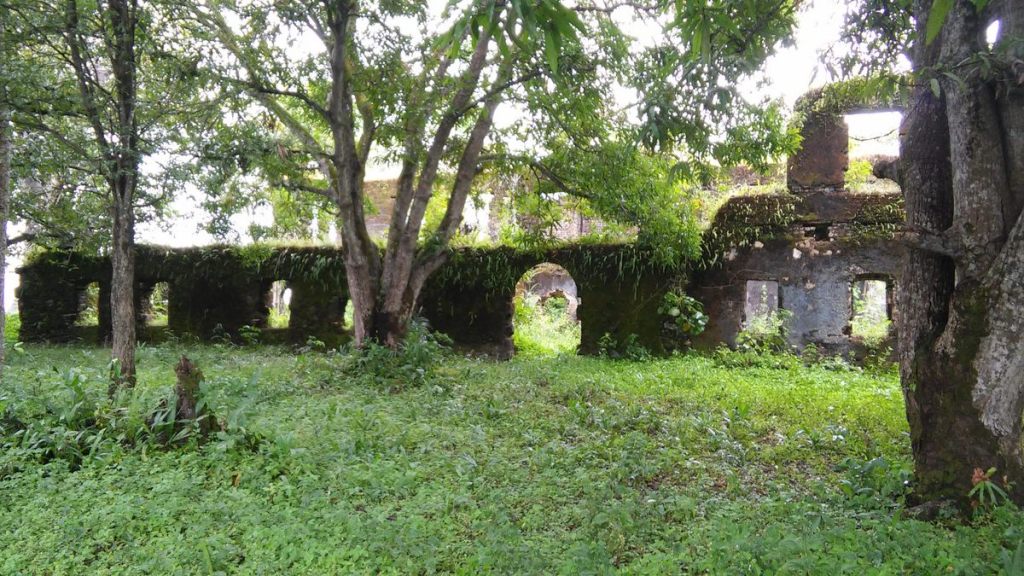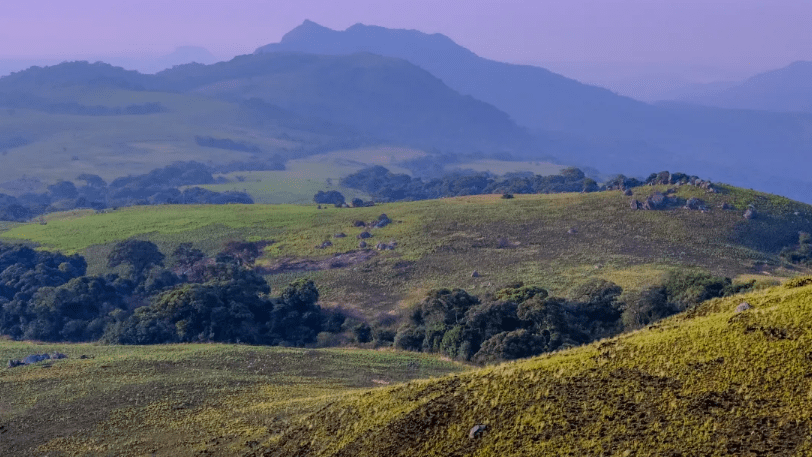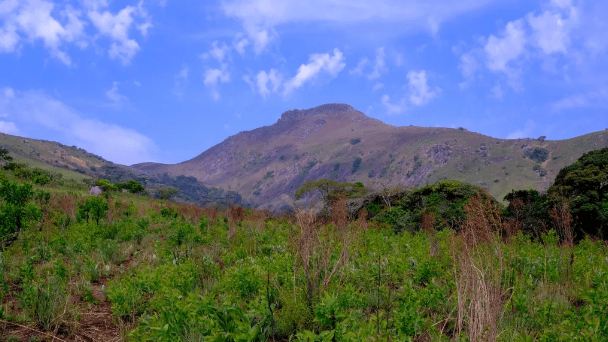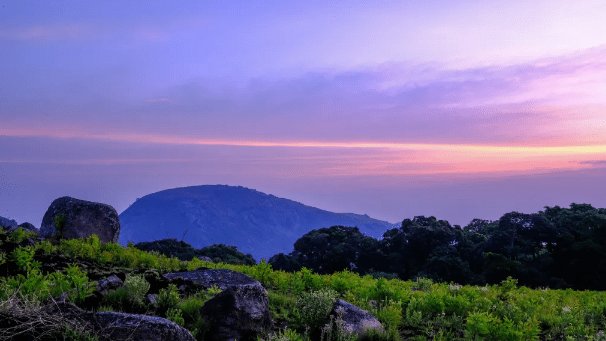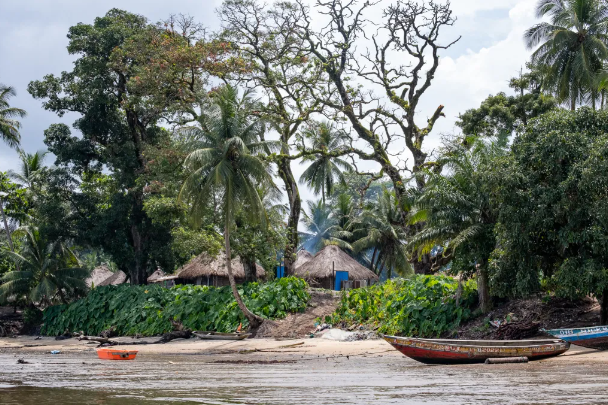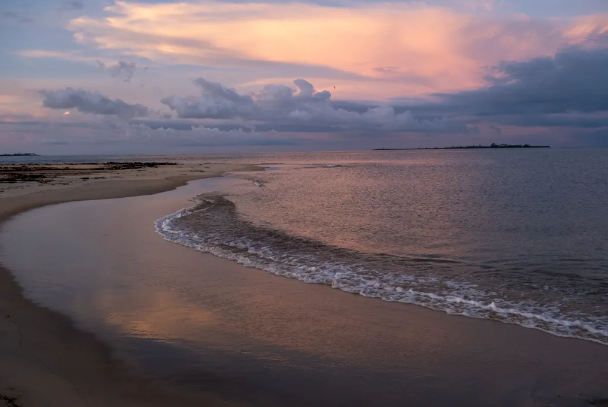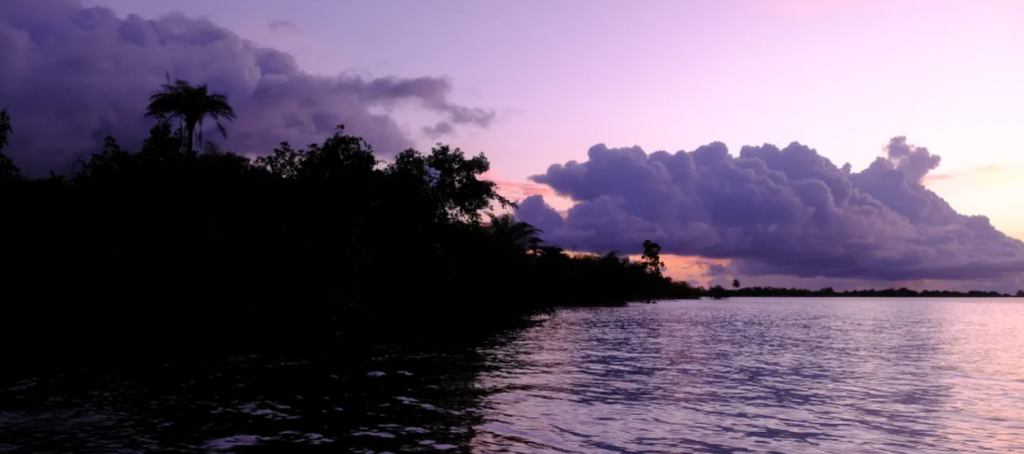SEASON 5, EPISODE 20
Sierra Leone, located on the west coast of Africa, one of the few African countries whose official language is the English, is known for its stunning rich cultural heritage and diverse landscape that includes lush rainforests and beautiful rivers.
On today’s episode of Learn Africa, we take a trip to Sierra Leone to check out some top destinations and hidden gems you can visit while exploring this beautiful West African country.
Bunce Island
Bunce Island, situated in the estuary of the Sierra Leone River is one of the must-visit essential destinations for visitors in Sierra Leone.
Bunce Island was a major and largest slave trading points in West Africa as it played a significant role in the transatlantic slave trade era. It served as a crucial point where enslaved Africans were held and processed before being shipped to the Americas. Over 30,000 individuals are estimated to have been transported from Bunce Island to labour camps in the southern United States during the 140 years of its operation.
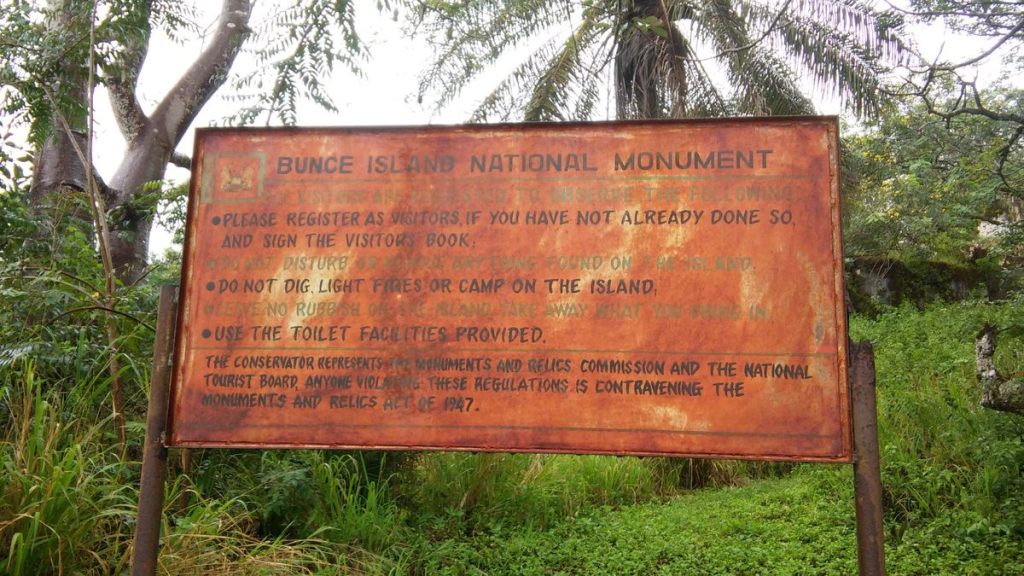
A sign at Bunce Island displays rules that visitors must follow during their visit to the site.
Photo Credit: Atlas Obscura
Bunce Island stands as a haunting reminder of the dark chapter of history, with the ruins of the slave fort slowly being reclaimed by nature. Guided tours from Freetown offer visitors a chance to explore the abandoned Slava castle, workers’ accommodations, and the Door of No Return, where enslaved Africans passed through before leaving their homeland forever.
Image Credit: Atlas Obscura
It has been protected by Sierra Leone’s Monuments and Relics Commission since its abandonment, with ongoing efforts to preserve its historical structures. Visiting Bunce Island offers a sobering yet important opportunity to reflect on the legacy of slavery and its impact on Sierra Leone and the wider world.
Mount Bintumani
Bintumani Mountain, West Africa’s tallest peak located in the Koinadugu District in Sierra Leone is believed to be named after a mythical spirit said to inhabit its slopes, this towering summit rises over 1,945 metres above dense rainforest and lush green grasslands.
Mount Bintumani is nestled in the heart of the Loma Mountains forming parts of it. It is a treasure trove of biodiversity, boasting a stunning array of plant and animal life found only in Sierra Leone’s mountainous regions. From rare orchids to colourful bird species, every step of the journey brings you closer to nature’s wonders. Examples of animals that can be spotted here are leopards, pygmy hippopotamuses, dwarf crocodiles, buffaloes, duikers, snakes.
Image Credit: Kamila Yanczyk
Embarking on the journey to Bintumani’s summit requires thorough preparation and moderate fitness levels, including securing permission from local authorities. Despite its challenging ascent, the hike to the peak is a non-technical two-day trek, promising unforgettable vistas and a profound sense of accomplishment. It provides a gateway to Sierra Leone’s diverse landscapes and cultural tapestry. With each step, hikers are treated to breathtaking vistas and a deeper connection to nature.
Turtle Island
Turtle Island is situated in the Atlantic, west of Bonthe/Sherbo Island off the coast of Sierra Leone, West Africa. It is a remote set of extensive islands which are eight in number, including Baki, Bumpetuk, Chepo, Hoong, Mut, Nyangei, Sei and Yele.
Image Credit: Kamila Yanczyk
These remote islands are known for their tranquillity, crystal-clear waters, and stunning coral reefs, making it a popular destination for snorkelling, scuba diving, and wildlife watching. To access Turtle Island, it is best to use a speedboat from Freetown or Sherbro Island. Visitors can explore sandy beaches, swim in calm bays, and snorkel amidst vibrant marine life.
Gola Rainforest National Park
Gola Rainforest National Park is situated on the border of Sierra Leone and Liberia near Kenema. It is renowned as one of West Africa’s key biodiversity hotspots. It is home to over 40 mammal species including pygmy hippopotamus (Choeropsis liberiensis), African forest elephants (Loxodonta cyclotis), Red river hogs (Potamochoerus porcus), and over 300 bird species such as the Nimba flycatcher (Melaenornis annamarulae), and over 200 types of trees. Notably, it harbours the world’s second-largest population of western chimpanzees (Pan troglodytes verus) and shelters over 60 threatened species like the western colobus monkey (Piliocolobus badius) and rufous fishing-owl (Scotopelia ussheri).
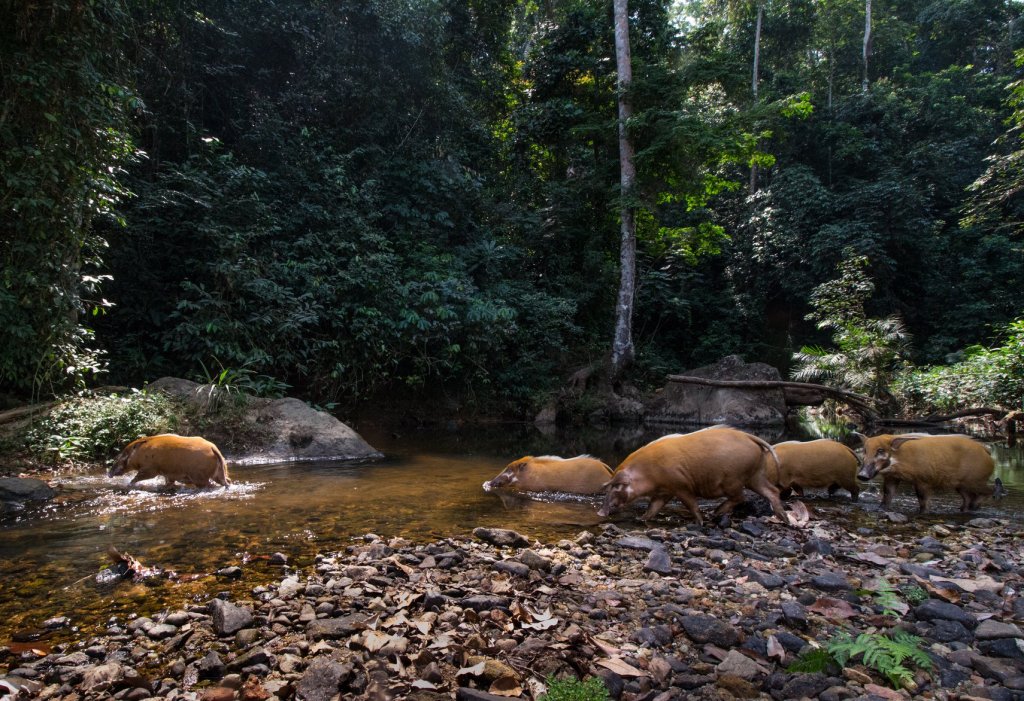
Image Credit: Gola Rainforest
Exploring Gola Rainforest National Park requires a 4WD vehicle to access its remote location. You can get detailed information on directions and road conditions from Gola Rainforest National Park headquarters beforehand. Entry into the park necessitates the accompaniment of national park staff and a community guide.
Gola Rainforest National Park stands as a testament to Sierra Leone’s natural beauty and ecological significance, offering an enriching and adventurous experience amidst one of the world’s most biodiverse habitats.
River No. 2 Beach
River No. 2 Beach is located 25 km south of the bustling city of Freetown, Sierra Leone. It offers a serene escape from urban life, boasting clean white sands bordered by swaying palm trees. This popular beach gained popularity in the 1980s as it was the backdrop for a Bounty Bar commercial. River No. 2 Beach is nestled near the estuary of River No. 2, where the azure waters of the river meet with turquoise Atlantic Ocean.
River No. 2 Beach is accessible by taxi, keke, or private car, with a budget-friendly option of minibuses from Lumley car park, this idyllic retreat can also be reached on foot from nearby Tokeh Beach, a leisurely 20-minute stroll along the coastline.
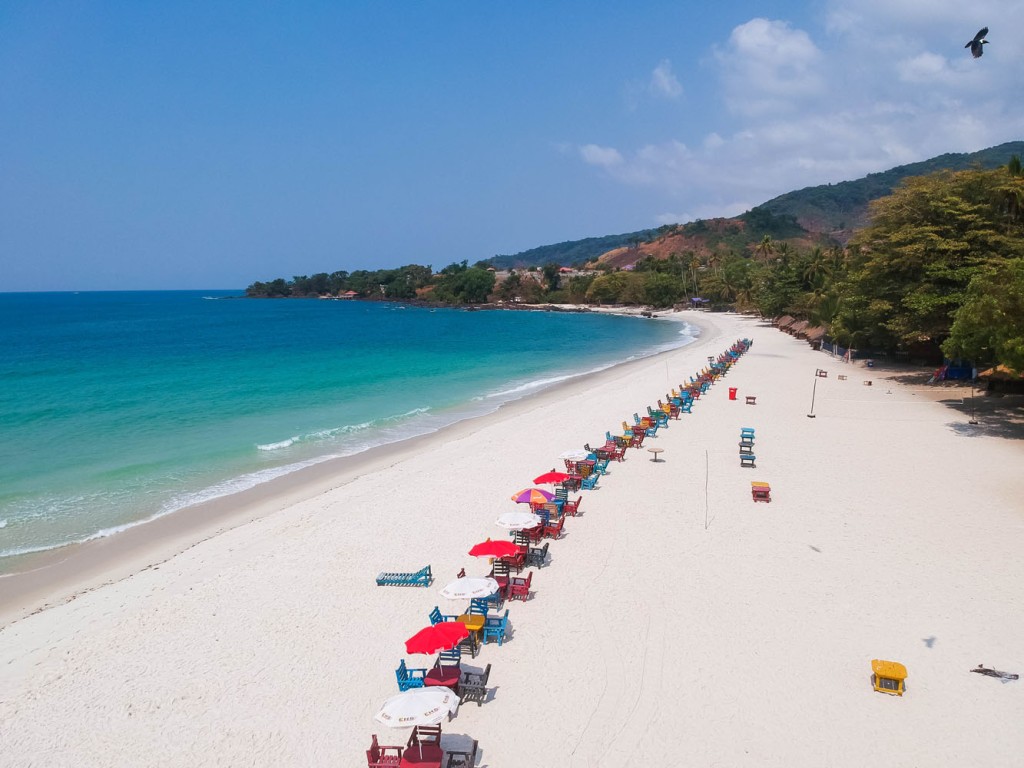
Image Credit: Visit Sierra Leone
It is a hub for weekend getaways, especially bustling on Sundays with celebrations, the beach exudes a serene ambiance during weekdays. The Sankofa Complex, which is a community association managing the activities and affairs of this beach hosts an unusually attractive handicraft market where local artisans showcase their wares, including unique beadwork, clothing, and accessories crafted from traditional wax cloth, providing distinctive souvenirs to commemorate your visit.
Freetown
Freetown, the capital and the largest city of Sierra Leone, rises majestically from the waters of Africa’s largest natural harbour, its vibrant cityscape sprawls across lush hills and framed by the lion-shaped mountains that overlook the Atlantic. he city is a colourful mix of buildings, blending right in with the greenery, stretching from Lumley Beach to the tippy top of Pickett Hill.
You can feel the history of Freetown everywhere you go, from the old Cotton Tree downtown to the Wharf Steps and Old Guard House from back in the day. And don’t forget Bunce Island nearby, a spot that reminds us of the city’s past as a big player in the slave trade.

Image Credit: Visit Sierra Leone
But beyond all that history stuff, Freetown’s got a buzz that’ll hook you in. The streets are alive with honking kekes and zooming okadas, weaving through a rainbow of shops and stalls. You can sense the city’s hustle and bustle, with folks making things happen left and right.
Getting to Freetown is a breeze, with Lungi International Airport just a hop, skip, and a water taxi ride away. Or you can hit the road, grabbing a ride in a hired car or jumping in a hotel taxi. Either way, once you’re in Freetown, you’re in for a wild ride, whether you’re checking out the old sights or diving headfirst into the local scene.
Sierra Leone also boasts of other sites, including several national parks and protected areas, such as the Tiwai Island Wildlife Sanctuary and the Outamba-Kilimi National Park, which offer opportunities for wildlife viewing and eco-tourism, beaches, such as Tokeh Beach, Bureh Beach, an Lakka Beach. Banana Island, Kenema, Sherbro Island, Kambui Hills Forest Reserve, and Sierra Leone National Museum are stunning places to also visit for a wonderful experience.
Written and edited by Ebby

